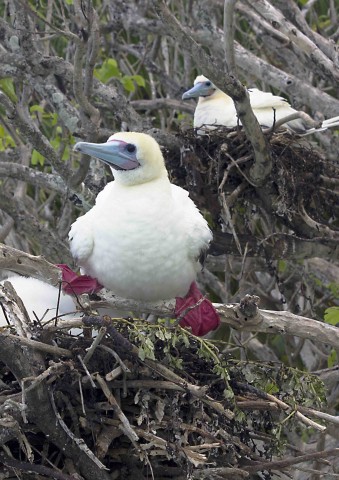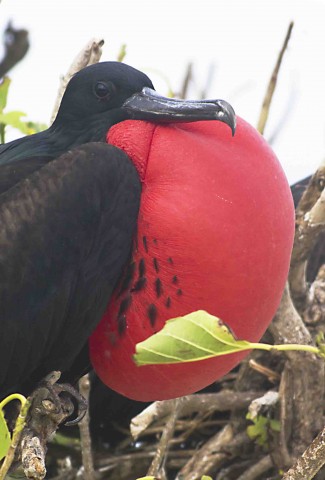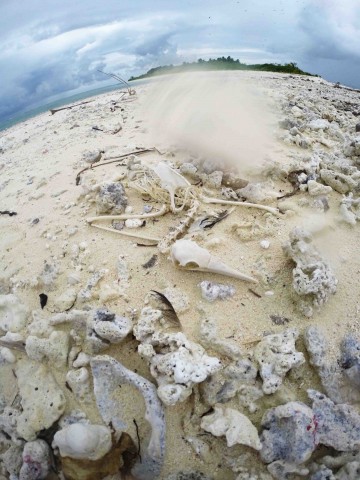BIOT MPA Survey Expedition 2015 - Day 5 - Ile Grand Coccilage

Started the day with a bumpy ride in our small dinghy down to Ile Grande Coccilage. We were motoring due south from our anchorage just to the east of Ile Petit Coccilage. The weather was coming from the west so it was a rolly ride along the swell. On arrival we discovered that the mid rising tide had covered the impenetrable reef surrounding the island to the point that our small boat could ride straight over the top. Easy access and no swim in required. Holding the boat off the beach we headed ashore and got started with the days trekking.
Ile Grand Coccilage is a long narrow island and I started on the lagoon side edge, the western shore. This seems to comprise a shallow rising bedrock of fossilized coral over which a long line of hardwood trees have fallen from the receding shoreline of the island. So rather than a beach the walk along this edge of the island consisted of wading through water next to protruding tree branches that were liberally decorated with the whites, reds and blues of nesting red-footed boobies.
Around my legs I disturbed several turtle that were munching on turf algae thriving on the floor-like surface of bedrock. Amongst the nests in the trees there were several splashes of brilliant red, my first close up view of Frigatebirds on the nest. The males large throat sac coloured an intense scarlet and their backs feathered in deep black with an iridescent blue sheen. Well worth a pause to admire their plumage and colouring.

There were a number of smaller colonies of nesting Noddy amongst the larger birds. These pretty, delicate birds contrasting with the raucous behaviour of their larger neighbours.
Around the southern end of the island and onto the eastern shore the vegetation changed from the overhanging trees to a straight scaevola tangle alongside bedrock exposed all the way up to the plants themselves. This bedrock ran in a north south line that forms the eastern shore of the island. In places it split into low parallel ridges with water pooling between the two, left there by the receding tide. In these pools Morey Eels lurked waiting for unsuspecting crabs to stray too close on the surrounding rock and in deeper parts, juvenile Blacktip and Lemon sharks cruised the pools looking for action.
On return to our dinghy I discovered the skeleton of a booby picked clean by crabs and bleached white by the sun, a reminder perhaps that these islands although idyllic looking are still very remote and harsh to live on. A point driven home by our return journey to the research vessel.

As we motored our small dinghy towards the vessel she disappeared behind a veil of grey and soon the curtain of rain overtook us bringing with it a howling wind and bone jarring chop of waves. Navigating by the direction of the waves and wind alone we motored to within two hundred meters of the vessel before she materialized slowly from the clouds of spray and rain. The wind held into the afternoon with frequent downpours so to stay safe we called off the afternoons work. Hoping for better weather tomorrow!

